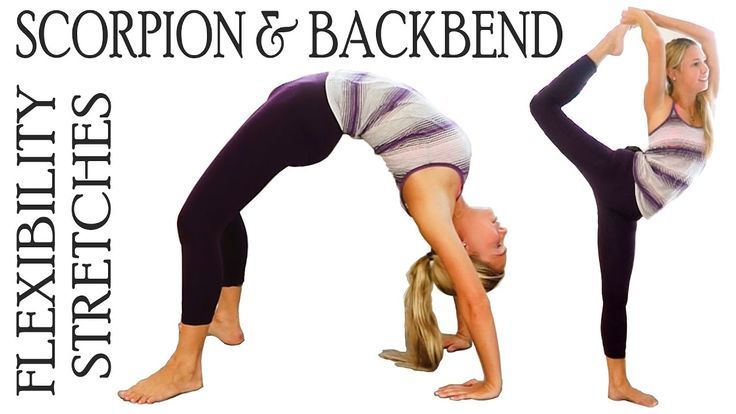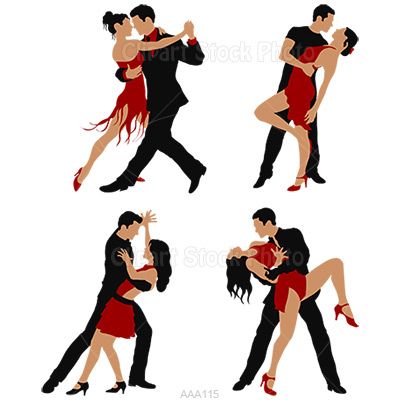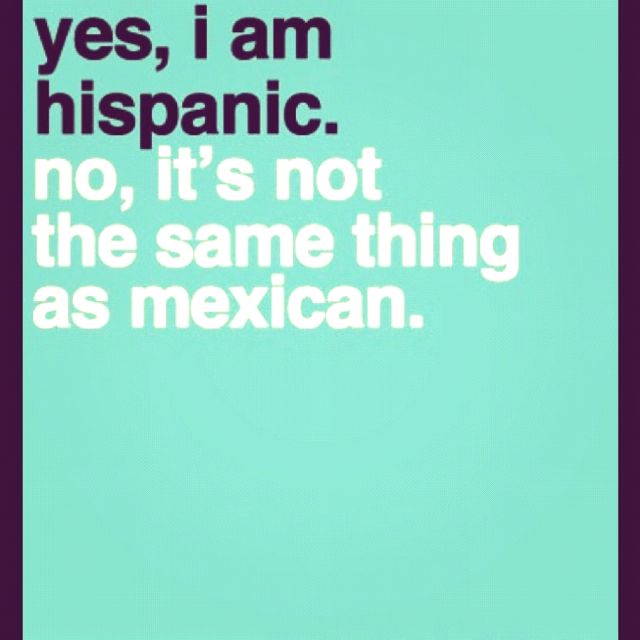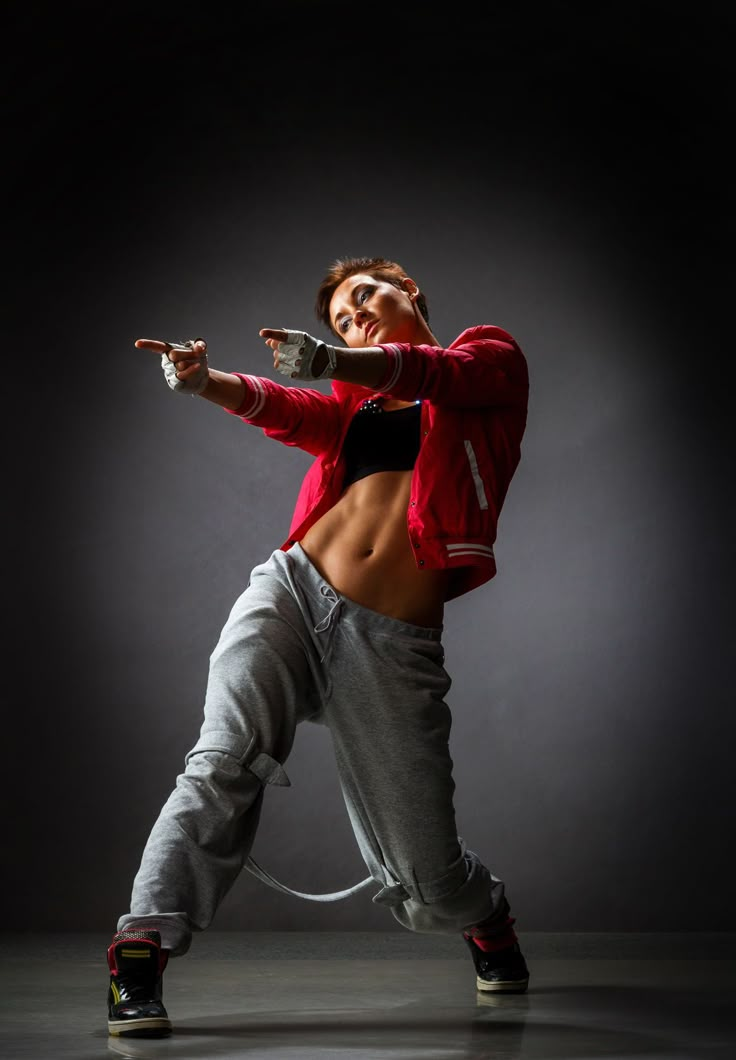How to make a dance floor slippery
How To Make Your Dance Floor Less Slippery
Dancers know the horrors of a slippery floor. Feeling like your feet are going to fly out from underneath you when moving across the dance studio or the stage can be terrifying. That’s why keeping the floor clean is essential; but even when the floor is spotless, there could be slick spots. How can you make your dance floor less slippery?
Why Your Dance Floor Is Slippery
One reason floors get slick would be oil from perspiration and body lotion. Dancers apply lotion to their skin, which comes off onto the floor as they do their warm-ups and floorwork. Sweat (body oil) also creates slippery patches. The second reason for slippery dance floors? Humidity. Both very low and high humidity can impact dance floors negatively.
Keep the humidity of the studio around 50%, which allows the air to retain moisture, preventing it from leaching onto the floor. High humidity with a drop in temperature overnight settles a microlayer of moisture on the floor. Any residual oils on the floor rise to the surface since oil and water do not mix. Low humidity sucks moisture from the surface reducing surface area and creating a more slippery surface.
Temperature fluctuations also affect the slipperiness of the dance floor. The temperature drops in a warm studio at night, causing moisture to form a residue on the floor. When that combines with the lotions, oils and sweat, a slick layer forms over the vinyl, reducing traction.
The Wrong Floor
The other problem many dance studios unknowingly face is having the wrong kind of floor. Engineered wood, bamboo, and laminates are not suitable for a dance studio, because these floors have a factory finish that is too slippery. Many studio owners opt for the most affordable option, which often ends up being laminates. Though these materials look fantastic when installed, the factory finish is inherently too slippery, and refinishing damaged product is virtually impossible.
Wood Flooring
Wood floors can be slippery, due primarily to using the wrong finish. Unlike Marley flooring, the industry standards for hardwood arent designed with dancing in mind. Humidity and temperature affect the coefficient of friction causing the surface to be either too sticky or too slippery.
Unlike Marley flooring, the industry standards for hardwood arent designed with dancing in mind. Humidity and temperature affect the coefficient of friction causing the surface to be either too sticky or too slippery.
If you are teaching pointe at your dance studio on a wood floor, having non-slip flooring is important. Stagestep offers Floorshield II™, a finish designed specifically for dance.
What Not to Do
First, do not use rosin on Marley or wood. Rosin, made of pine tar, dries out over time and creates slippery residue which is virtually impossible to get off Marley floors.
Second, never use alcohol, ammonia, bleach, vinegar, steel wool, solvent, coke, or any other abrasive cleaning product on Marley floors. These products will destroy the floor. Stagestep offers SlipNoMor™ the “liquid rosin”. This cleans up easily and allows you to regulate the degree of nonslip on your floor.
How to Make Dance Floor Less Slippery
Cleaning
Keeping your floors clean is basic to maintenance.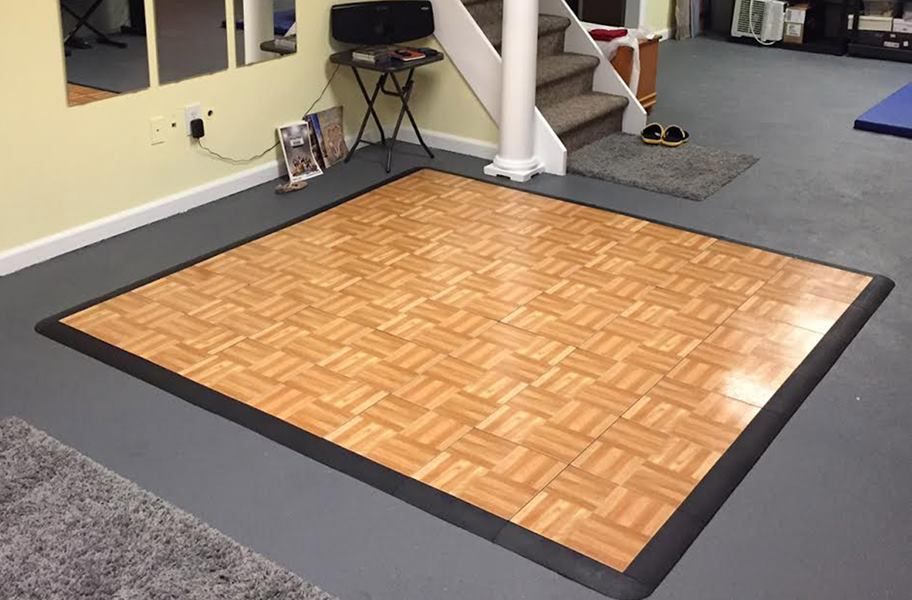 Stagestep offers ProClean™, ProClean NS™ (non-slip additive) and ProClean Ultra™ which offer solutions to daily cleaning, weekly cleaning, and deep cleaning.
Stagestep offers ProClean™, ProClean NS™ (non-slip additive) and ProClean Ultra™ which offer solutions to daily cleaning, weekly cleaning, and deep cleaning.
You need to create a maintenance schedule that reflects the use and cleaning needs of your floor. For example, first thing in the morning, dry mop the floor, and once a week use a detergent/degreaser (ProClean™). Every 3 to 6 months, deep clean your floor with a floor machine, a green pad, and ProClean Ultra™. The floor machine should be operated at a low RPM. Avoid household detergents that have additives that make floors shiny and slippery. you can eliminate dye marks and scuff marks using Stagestep’s Wipeout Plus™.
Information on these products and maintenance tips can be found at www.stagesteps.com
Slippery Floors Solved!Now that you know the reasons floors get slippery and the ways to solve the issue, it’s time to put these tips to use. Next time you come across a slick spot on the dance studio floor, consider the cause and use a detergent degreaser to clean the floor and remove the oils.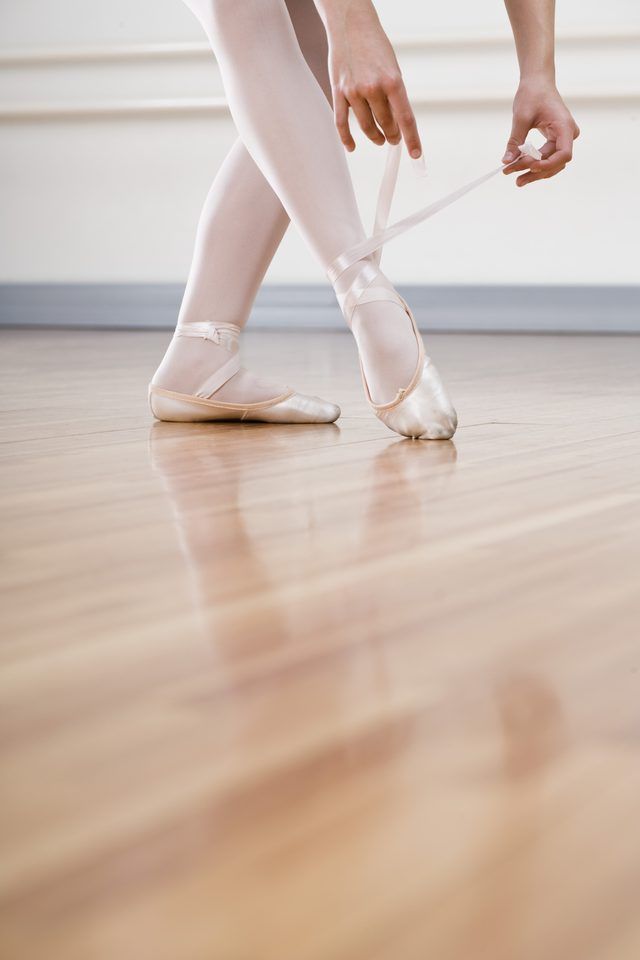
Stagestep has dance floor non-slip products. ProClean NS™ and ProClean Ultra™ both clean and add a non-slip coating to your floor. Slip NoMor™ is a temporary treatment that makes any floor non-slip.
In summary:
To Do:
- Clean the floor with a detergent/degreaser.
- Spot clean slippery spots as discovered.
- Keep humidity at 50% (use dehumidifier or humidifier.
- Ban the use of body lotion (if you can).
- Keep the temperature between 60-80 degrees.
- Establish a maintenance program and stick with it.
Not to Do:
- Use plain water to clean. It does not pick up body oils, it spreads them around the floor.
- Use Rosin. It’s messy, inconsistent, and hard to clean up.
- Delay cleaning. Build up of residue is harder to clean up and is not hygienic.
- Use solvents, ammonia, alcohol, bleach, or coca-cola. These items will damage your Marley floor.
For more information go to www.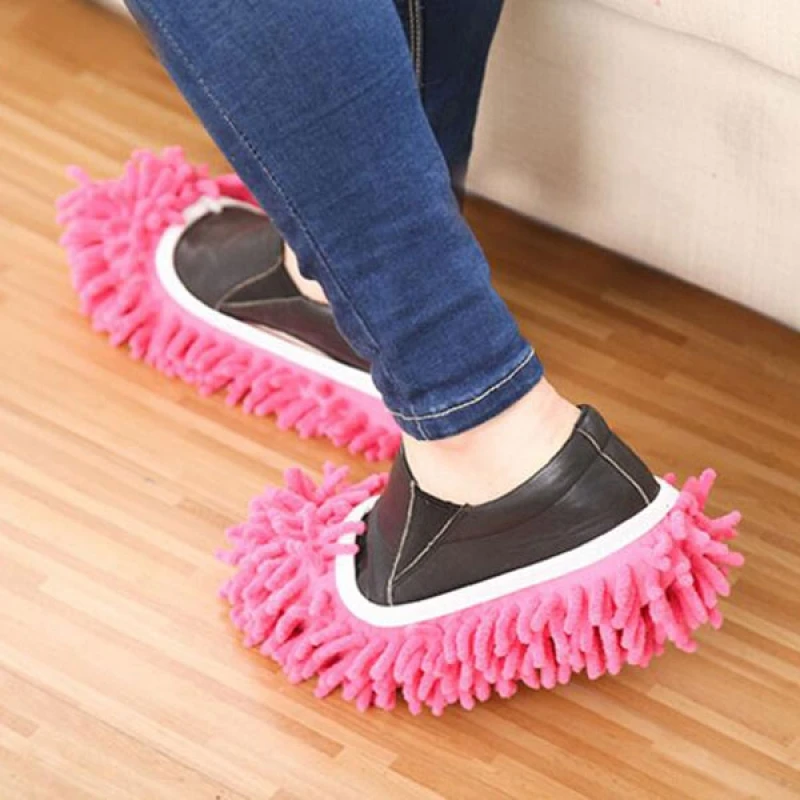 stagestep.com
stagestep.com
How to Dance on a Slow Dance Floor - Floors that are sticky or rough
The main thing is to get a little more “slip” happening for yourself, without creating dangerously slippery spots on the floor.
Please NEVER do any of the following, because they are so dangerous for other people:
NEVER sprinkle powder, boric acid, or any similar stuff on a dance floor to “cure” a surface problem — it creates dangerous, invisible, super-slippery patches for others. Any change in slipperiness/stickiness from one area to another is extremely dangerous! If the floor is really bad, tell the dance organizers and let them deal with it, so that the whole floor gets treated in a consistent way. (Below, we’ve noted one possible exception, regarding outdoor dancing on concrete.)
NEVER put wax on the bottom of your shoes — it transfers to the floor and creates dangerous, invisible, super-slippery patches for others.
If you have been dancing or practicing on a waxed floor, NEVER wear those shoes to a real dance place — again, the wax will transfer first to your shoes and then to the other dance floor, creating dangerous, invisible, super-slippery patches for others. Instead, reserve one pair of shoes just for the waxed floor, and wear different shoes on all other floors.
How to tell if a floor has been waxed? If your turning or pivoting movements create slightly dusty-looking swirl marks in the floor finish, or even leave a little bit of fine powder behind, it’s probably wax.
Onward to some positive and pragmatic suggestions:
- Wear different shoes.
Change shoes. Put on the slipperiest-soled shoes you own. Dress shoes with new leather soles are slipperiest. Suede-soled ballroom dance shoes are probably next best, especially if the suede has lost most of its nap. Swing shoes and Capezio Dansneakers are probably next.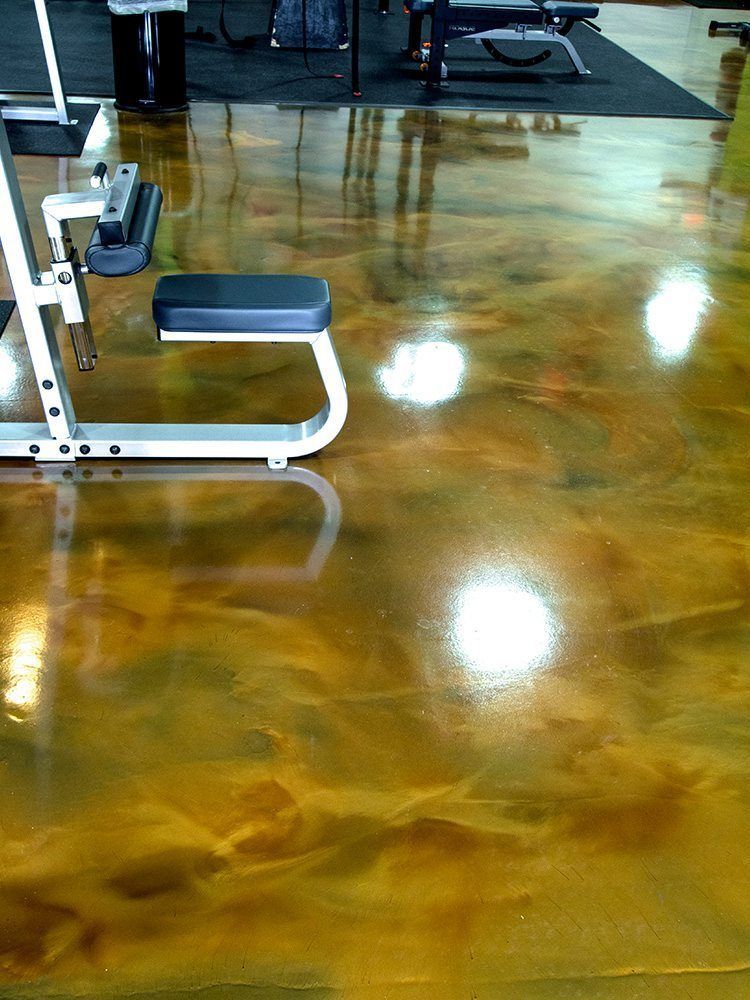 If you have worn-out running shoes or sneakers, try them next. But regular sneakers, running shoes, all other kinds of athletic shoes, LLBean boots, hiking boots, and Topsiders are all terrible — you might as well be wearing golf spikes on carpet. If changing your shoes doesn’t help enough, try some of the next suggestions.
If you have worn-out running shoes or sneakers, try them next. But regular sneakers, running shoes, all other kinds of athletic shoes, LLBean boots, hiking boots, and Topsiders are all terrible — you might as well be wearing golf spikes on carpet. If changing your shoes doesn’t help enough, try some of the next suggestions.
- Temporary fixes to your shoes.
Most of these cures involve finding some slipperier stuff and sticking it on the bottom of your shoes. If you have a limited supply of stuff to stick, put it on the shoe that gets the most pivoting, starting with the ball of that foot. For men, that’s usually the Left shoe. For women, it’s usually the Right shoe — except for Lindy Hopping women, who tend to pivot on the Left shoe slightly more.
Gaffer tape (aka gaff tape). This is currently our favorite temporary solution. Gaff tape is high quality, fairly expensive tape that looks like a cloth version of duct tape.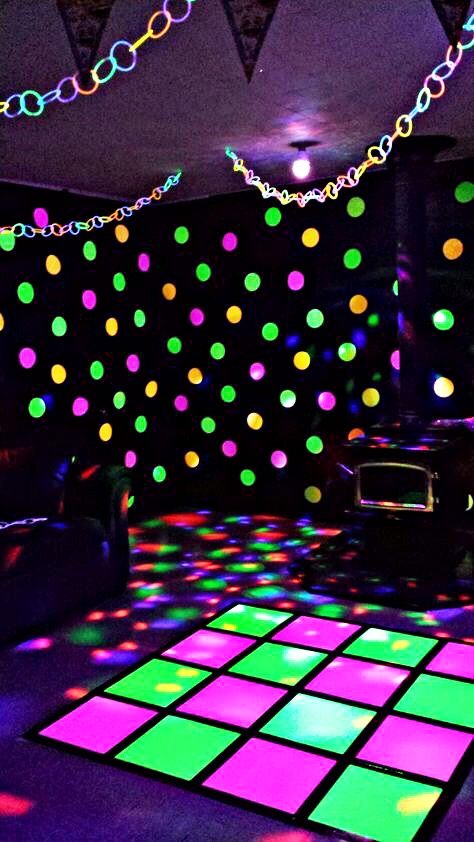 Unlike duct tape, it does everything well: it tears easily, it sticks remarkably well, and it removes really well without leaving residue (unless you dance on it for several weeks straight – and even then, it’s no big deal). It sticks really well on the soles of all shoes, including extremely uneven sneaker soles. Best of all, it makes shoes or sneakers just the right amount of slippery, even on good floors. This means you can use it to convert ANY pair of sneakers or shoes into dance shoes temporarily! So what is this stuff and where do you get it? Gaffer tape is used mostly by the electrical folks (gaffers) on film and video shoots, as well as by music crews, to tape down their cables, and, apparently, by bookbinders. It is available at art supply stores, or online from film and video suppliers such as Markertek. Tip #1: gaffer tape is NOT generic. The good stuff works well (e.g., ShurTape/Permacel P-665 white, or TecNec white, about $17 per 2″ roll).
Unlike duct tape, it does everything well: it tears easily, it sticks remarkably well, and it removes really well without leaving residue (unless you dance on it for several weeks straight – and even then, it’s no big deal). It sticks really well on the soles of all shoes, including extremely uneven sneaker soles. Best of all, it makes shoes or sneakers just the right amount of slippery, even on good floors. This means you can use it to convert ANY pair of sneakers or shoes into dance shoes temporarily! So what is this stuff and where do you get it? Gaffer tape is used mostly by the electrical folks (gaffers) on film and video shoots, as well as by music crews, to tape down their cables, and, apparently, by bookbinders. It is available at art supply stores, or online from film and video suppliers such as Markertek. Tip #1: gaffer tape is NOT generic. The good stuff works well (e.g., ShurTape/Permacel P-665 white, or TecNec white, about $17 per 2″ roll). The cheap stuff doesn’t work — it peels off while you are dancing (generic brands at Pearl Art, Utrecht, or Guitar Center, about $10-12). A single roll will last a year. Tip #2:Get the cloth version (nice amount of slip), not the vinyl version (too much grip). Tip #3:Surprisingly, color matters. White is the only good color! The colored versions (black, blue, gray, whatever) are always less slippery, more grippy, perhaps because of the pigments. Tip #4:So, for a really specific recommendation, buy a roll of 2″ white ShurTape/Permacell P-665. Sam Flax stores in NYC sells it or you can find it online. Good stuff. It’s what we use. This is not a cheap solution, unfortunately, and it requires planning ahead just to find the tape, so you might want to share a roll with friends. It also helps to carry a small pair of scissors to trim around the soles of your shoes, if you value a tidy appearance. [Tip discovered by us.]
The cheap stuff doesn’t work — it peels off while you are dancing (generic brands at Pearl Art, Utrecht, or Guitar Center, about $10-12). A single roll will last a year. Tip #2:Get the cloth version (nice amount of slip), not the vinyl version (too much grip). Tip #3:Surprisingly, color matters. White is the only good color! The colored versions (black, blue, gray, whatever) are always less slippery, more grippy, perhaps because of the pigments. Tip #4:So, for a really specific recommendation, buy a roll of 2″ white ShurTape/Permacell P-665. Sam Flax stores in NYC sells it or you can find it online. Good stuff. It’s what we use. This is not a cheap solution, unfortunately, and it requires planning ahead just to find the tape, so you might want to share a roll with friends. It also helps to carry a small pair of scissors to trim around the soles of your shoes, if you value a tidy appearance. [Tip discovered by us.]
“Tenacious tape”™ An easy, cheap way to turn any shoes, including rubber soled shoes, into smooth-gliding dance shoes! Tenacious Tape™ is a brand name tape found at REI or EMS stores, or other outdoorsy stores, or online.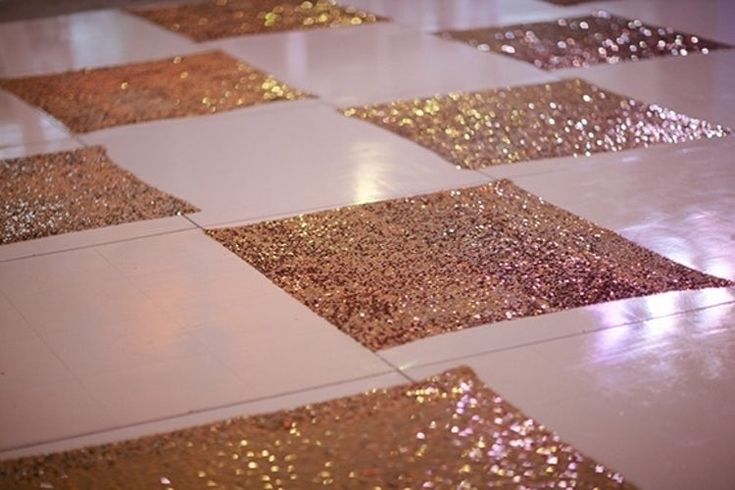 It comes in a small roll 3 inches wide, enough to treat about 2 pairs of ladies’ shoes, or maybe 1 pair of men’s shoes. It is used for mending tents, backpacks, etc, and comes in several colors, including black and clear. A good way to use it is to make a template of the sole of your shoes, just the ball and toe area. Cut the Tenaciouus Tape to match your template, peel off the backing, and stick it on the bottom of your shoes. It stays on for many wearings, but can be peeled off without leaving sticky residue! Of course, it lasts longer and stays nicer if you use your shoes only for dancing, not on the street. [Tip from Jeanne, Citrus Heights, Sacramento, CA.]
It comes in a small roll 3 inches wide, enough to treat about 2 pairs of ladies’ shoes, or maybe 1 pair of men’s shoes. It is used for mending tents, backpacks, etc, and comes in several colors, including black and clear. A good way to use it is to make a template of the sole of your shoes, just the ball and toe area. Cut the Tenaciouus Tape to match your template, peel off the backing, and stick it on the bottom of your shoes. It stays on for many wearings, but can be peeled off without leaving sticky residue! Of course, it lasts longer and stays nicer if you use your shoes only for dancing, not on the street. [Tip from Jeanne, Citrus Heights, Sacramento, CA.]
Peds. (Those little nylon or cotton stockings that just barely cover the foot and don’t show above the top of the shoe.) Buy the largest size you can find … and wear them OVER your shoes! This simple, brilliant trick will turn most sticky floors into a slippery delight. So effective that it even works on the “marley” (rubbery linoleum) floors in ballet studios.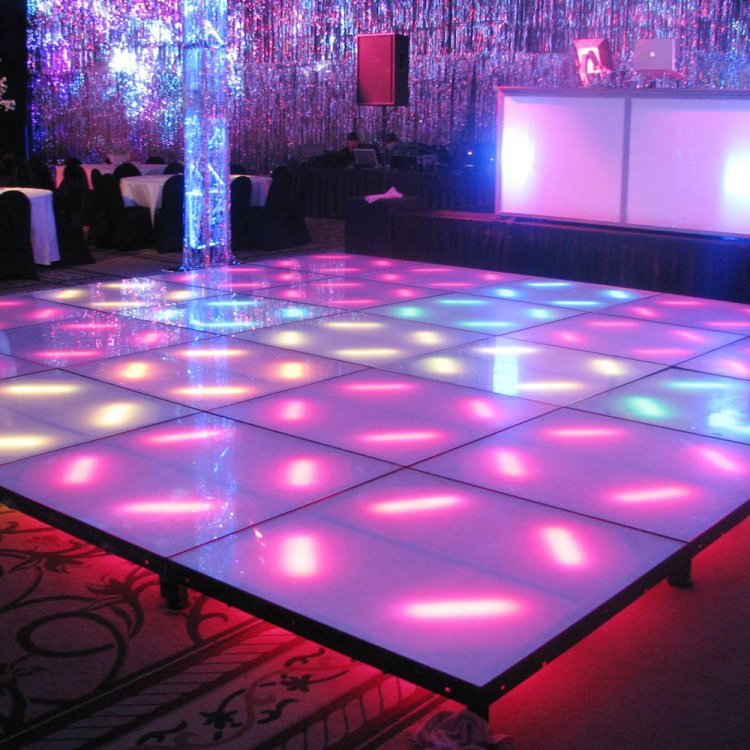 Sometimes the result can be TOO slippery, so try experimenting with nylon versus cotton peds. You can stretch the heck out of them to get them over your shoes without worrying because they’re going to get wrecked after two or three wearings anyway. You can probably even come close to color-matching your shoes if you want to. Peds are available in black and other colors in every chain pharmacy and any place else that sells women’s stockings. Yes, it feels really weird to stretch a pair of peds over your shoes, especially for us guys. But the effectiveness is all the convincing you’ll need. Peds are so small and lightweight that I now keep a pair of black peds in my shoe bag at all times, just in case. Advantages: cheap, extremely effective, no harm to shoes or floor, nearly invisible over flats or men’s shoes. Disadvantages: you have to buy them in advance; can sometimes be too slippery. [Tip learned from Lindy Hop dancers in New York City.]
Sometimes the result can be TOO slippery, so try experimenting with nylon versus cotton peds. You can stretch the heck out of them to get them over your shoes without worrying because they’re going to get wrecked after two or three wearings anyway. You can probably even come close to color-matching your shoes if you want to. Peds are available in black and other colors in every chain pharmacy and any place else that sells women’s stockings. Yes, it feels really weird to stretch a pair of peds over your shoes, especially for us guys. But the effectiveness is all the convincing you’ll need. Peds are so small and lightweight that I now keep a pair of black peds in my shoe bag at all times, just in case. Advantages: cheap, extremely effective, no harm to shoes or floor, nearly invisible over flats or men’s shoes. Disadvantages: you have to buy them in advance; can sometimes be too slippery. [Tip learned from Lindy Hop dancers in New York City.]
Name tags. Easiest line of defense if they’re available.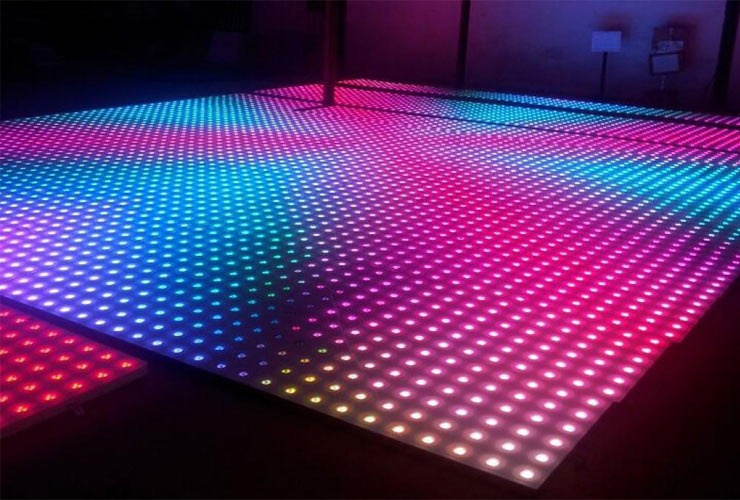 You know those adhesive “Hello, My Name Is…” name tags? Grab a few and slap them on the soles of your shoes. Cut or tear off the excess. Not the best of solutions, but quick, cheap and handy. NOTE: this will leave some name tag fragments on your soles — the adhesive removes easily from clothing but seems to fuse solid with everything else. If you’re wearing regular shoes, the fragments will wear off soon enough. If you’re wearing suede soles, your wire brush will get rid of the final fragments. [An emergency maneuver of our own invention, born of desperation.]
You know those adhesive “Hello, My Name Is…” name tags? Grab a few and slap them on the soles of your shoes. Cut or tear off the excess. Not the best of solutions, but quick, cheap and handy. NOTE: this will leave some name tag fragments on your soles — the adhesive removes easily from clothing but seems to fuse solid with everything else. If you’re wearing regular shoes, the fragments will wear off soon enough. If you’re wearing suede soles, your wire brush will get rid of the final fragments. [An emergency maneuver of our own invention, born of desperation.]
You know that moleskin that you’ve been carrying around in your shoe bag, along with a pair of scissors, just in case a blister starts to rise? (No, not the bandaids, the moleskin.) Cut off a large-enough piece and slap in on the soles of your shoes. Before cutting the moleskin, you can place it under your shoes (fuzzy side down) and trace the shapes you need. NOTE: This might leave some adhesive residue on your shoes, but since the adhesive is designed for skin, it’s probably fairly easy to remove.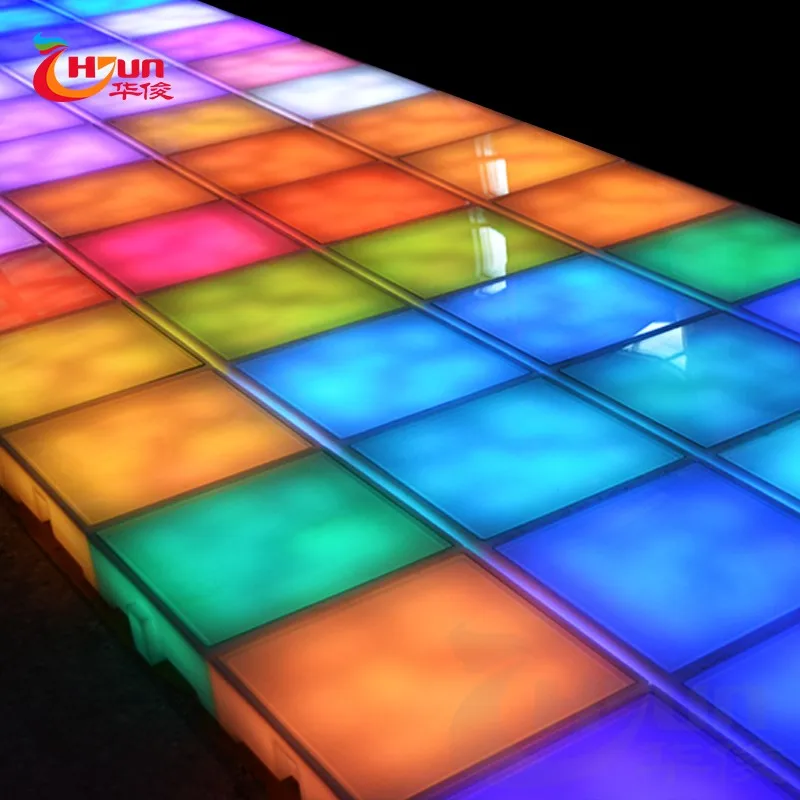 [from Jody G. of Toronto; Kate of Boston]
[from Jody G. of Toronto; Kate of Boston]
Moleskin is a thin, felt-like, self-adhesive product that you cut to size and put on your feet to prevent rubbing and blisters. It comes in sheets of about 4″ x 6″. A package costs a bit more than a box of fancy bandaids (about $3-5). Hikers use it. Most of us use bandaids instead, but moleskin works better. It has recently become almost impossible to find in the big-chain pharmacies — CVS has stopped selling the good brands and now only sells their own cheapo brand that has a nasty adhesive. Independent pharmacies still carry it (such as the family-ownedSkenderian Apothecary, 1613 Cambridge St. in Cambridge, MA, behind the Cambridge Rindge and Latin School, 617-354-5600). You might also be able to find it in outdoor-gear stores and the like. Note that molefoam— same thing but with a much thicker foam backing — is too thick, and not good for this purpose.
Adhesive-backed stiffened FELT from the local crafts store. Costs about a dollar. (Much cheaper than moleskin.) Stick it to your shoes and trim to size. Ron Wilcox of Fairfax, VA, tells us the effect is similar to suede but a bit “faster,” and pretty long lasting, too: 4 evenings of Lindy/Swing dancing so far, he says, without serious degradation or peeling. If it’s too fast and you want more control, don’t put any on your heels. [from Ron Wilcox of Fairfax, VA]
Costs about a dollar. (Much cheaper than moleskin.) Stick it to your shoes and trim to size. Ron Wilcox of Fairfax, VA, tells us the effect is similar to suede but a bit “faster,” and pretty long lasting, too: 4 evenings of Lindy/Swing dancing so far, he says, without serious degradation or peeling. If it’s too fast and you want more control, don’t put any on your heels. [from Ron Wilcox of Fairfax, VA]
Masking tape. It works. It’s cheap. It’s temporary. It also works to make sneakers or rubber soled shoes usable on good dance floors, such as when you forget to bring your dance shoes along on a trip. [Tip learned from New York lindy hoppers.]
Double-sided indoor carpet tape — leave the protective liner (release paper) in place on the second side! This stuff comes in rolls about half the width of duct tape. Slap some strips on the soles of your shoes; trim to size. Replace as necessary. This, we hear, makes for a really slippery dance shoe on any slightly sticky wooden floor, and even on ballet-dancers’ “marley.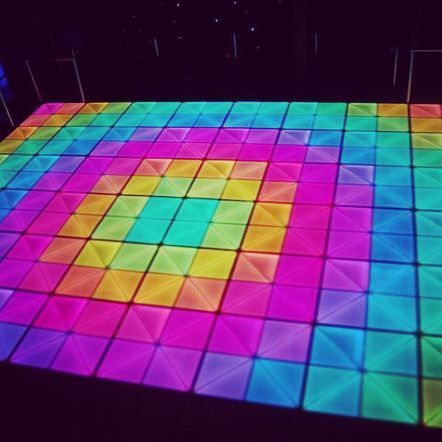 ” Kind of like having teflon paper on the bottoms of your shoes. (It’s probably not good on rough-textured concrete or macadam, which might scratch up the liner-paper and expose the outside layer of adhesive!) NOTES: (1) This might leave some adhesive residue on your shoes; you might want to test it on an old pair of shoes or sneakers first. (2) If you are applying it to suede soles, it won’t stick on very well — you might need to use something stickier in between, such as name tags or duct tape, then apply the carpet tape onto that. (We’re talking real dedication here.) [from Ellen of Boston]
” Kind of like having teflon paper on the bottoms of your shoes. (It’s probably not good on rough-textured concrete or macadam, which might scratch up the liner-paper and expose the outside layer of adhesive!) NOTES: (1) This might leave some adhesive residue on your shoes; you might want to test it on an old pair of shoes or sneakers first. (2) If you are applying it to suede soles, it won’t stick on very well — you might need to use something stickier in between, such as name tags or duct tape, then apply the carpet tape onto that. (We’re talking real dedication here.) [from Ellen of Boston]
Clear packing tape. Get the wide rolls. Slap it on the soles of your shoes; trim to size. This stuff will make your shoes extremely “fast” (slippery), but it may rough up a little as you wear it. Replace as necessary. NOTE: This might leave some semi-permanent adhesive residue on your shoes; you might want to test it on an old pair of shoes or sneakers first. [from Stacey P. of Waltham, MA]
[from Stacey P. of Waltham, MA]
Duct tape – NOT recommended. Duct tape isn’t what it used to be. Once upon a time, duct tape was an inexpensive item with fairly high quality adhesive, useful for everything. Not any more. Now it is low-quality garbage, thanks to cheap Chinese ultra-low-quality imports, often labeled “Duck Tape.” The problem is that the tape is highly likely to roll over on itself, exposing the sticky side to the floor, and leaving streaks or patches of adhesive on the dance floor. [Updated December 2014]
On an outdoor concrete floor (and only if permitted, and only if you promise to clean up afterward): Try sprinkling some corn meal on the area you’ll be dancing on. [from we-forgot-who]
Dancing on concrete is terrible for the knees, etc, by the way — it’s as hard as, um, concrete — so we strongly recommend insoles if you are going to dance on it. Good insoles, designed for running shoes and available in sports and running-shoe stores (about $7-18), are much, MUCH more shock-absorbing than the lightweight, throwaway Dr.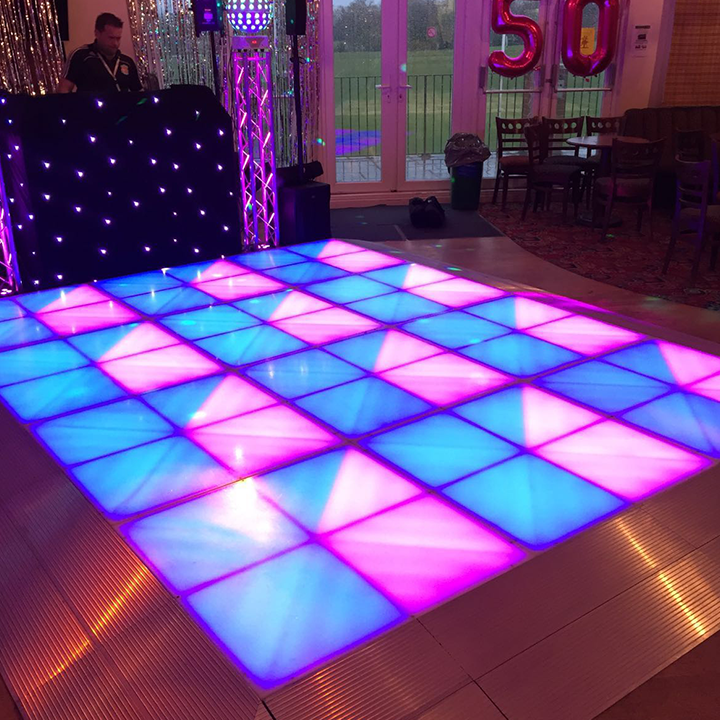 Scholl’s ones ($2-3).
Scholl’s ones ($2-3).
- Dance differently.It’s difficult to dance on really sticky or rough floors without putting harsh twisting stress on your knees. The stickier or rougher the floor, the greater the danger to your knees. The problem is that just about all the really nice moves in every dance involve some twisting or pivoting. You might try the following:
Pick your feet up more than usual.
Eliminate most of your twist-dependent moves for the evening.
When you do occasional twisting stuff, pick your feet up and put them down in the new position, to the extent possible, instead of twisting in place.
Try to lift (rise) when pivoting or twisting (ballet-like), instead of going down (jazz/lindy/ballroom-like).
In dances that allow a Triple Step, use it all the time — it lets you ‘skitter’ your feet into position instead of twisting.
Sit out more dances than usual. Give your knees a rest.
If your knees hurt the next day, do even less twisting the next time you’re on a rough/sticky floor.
source: http://gottadance.org
423
SHARES
Club floors, dance floor installation
- home
- Room types
- Night clubs (dance floors)
The arrangement of nightclubs and dance floors requires the use of a certain type of flooring, which must comply with a number of specific properties:
- Resistance to mechanical stress, shock loads . Thousands of people visit this category every day. Dancing or simply active movement of a large number of people can lead to the rapid destruction of the flooring. Thus, the selected type of floor should have increased strength and durability.
- No slip .
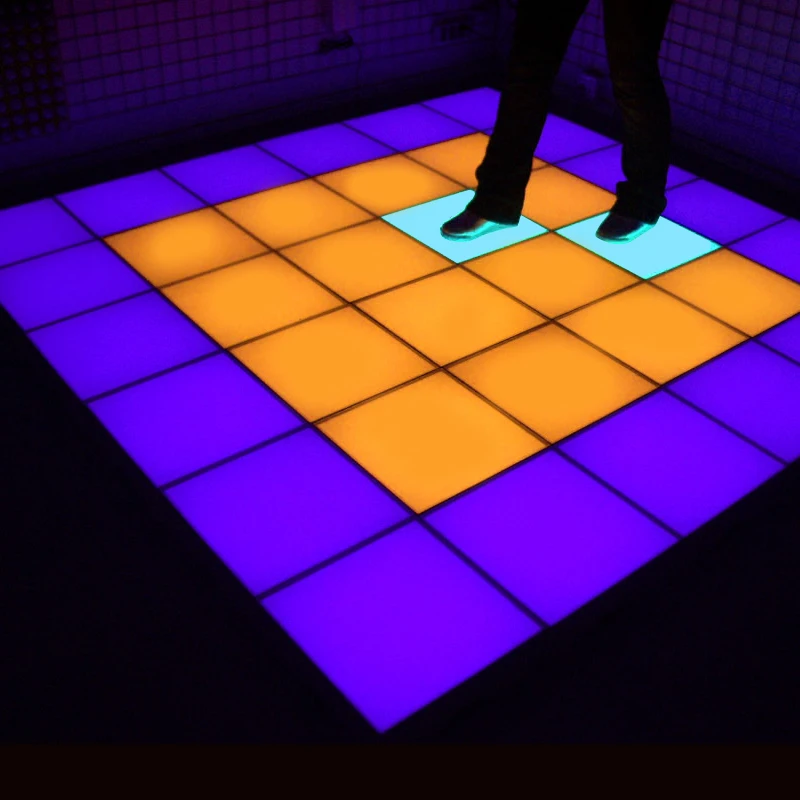 The slippery surface of the dance floor can lead to injury to club visitors. But it is worth considering that the more rough the coating is used, the more difficult it is to clean it. Thus, when installing floors in a club, a "golden mean" is needed: a smooth surface that prevents slipping.
The slippery surface of the dance floor can lead to injury to club visitors. But it is worth considering that the more rough the coating is used, the more difficult it is to clean it. Thus, when installing floors in a club, a "golden mean" is needed: a smooth surface that prevents slipping. - Easy to clean . A large and constant number of visitors to a nightclub implies regular cleaning of the establishment. The selected type of floor should be easy to clean, retain a minimum of dust and dirt, and have an antistatic effect.
- Sound absorber . It is one of the most important properties. The floor covering of the dance floor should effectively dampen noise.
- Crack resistance . This kind of damage mainly occurs when exposed to dynamic loads. This requires the use of a material that is resistant to cracking.
Below are the most optimal options for coatings in terms of their technical and operational characteristics, with a guaranteed service life of at least 5 years.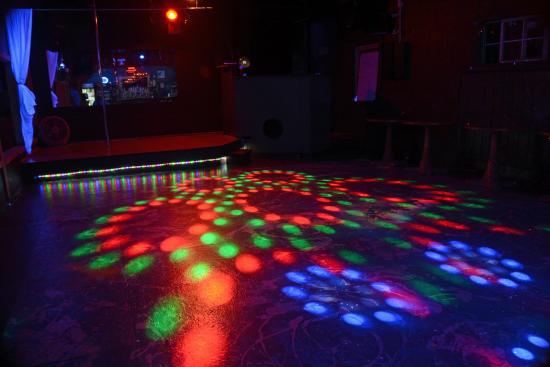
Cost of installing floors in nightclubs
| Cover type | Coating thickness, mm | Cost of work, rub/m 2 . | Cost of materials, rub/m 2 | Total price, rub/m 2 |
|---|---|---|---|---|
| Polyepoxy-3D self-leveling floor | 2-3 | 500 | 2000 | 2500 |
| Polyepoxy self-leveling floor | 2 | 300 | 850 | 1200 |
| Decorative quartz-filled epoxy floor "Poliepoflex" - COLORED SANDS | 3-4 | 450 | 1300 | 1750 |
View all objects
Which coating to use?
Self-produced self-levelling floors catalog
Before deciding on the technology of flooring in a room, it is necessary to assess the patency of the establishment. For nightclubs with very high attendance, highly filled polymer or methyl methacrylate coatings are best suited.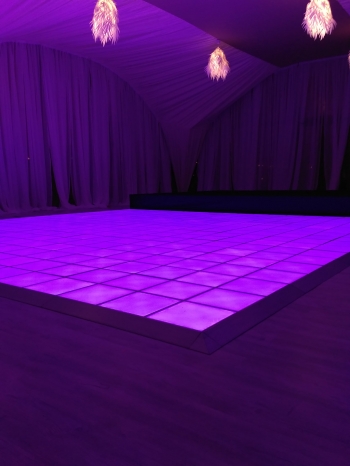 In this case, it is better not to use ordinary concrete floors, as they will quickly collapse, and smooth self-leveling floors, on which scratches will appear over time.
In this case, it is better not to use ordinary concrete floors, as they will quickly collapse, and smooth self-leveling floors, on which scratches will appear over time.
If the traffic is not so high and averages 1000-2000 people per day / evening, the best option would be to install concrete floors with a hardened top layer (topping) or polymer bulk coatings. The properties of such systems make them easy to clean and operate, and also allow them to withstand even intense loads.
In addition, polymer self-leveling floors can be made in different thicknesses in different sectors. Directly on the dance floor, you can lay a more durable layer, and a thinner layer on the rest of the territory.
A wide choice of surface textures, as well as an extensive range of colors allow you to choose exactly the type of polymer coating that will harmoniously fit into the design idea of your nightclub.
Featured services
Turnkey polymer floors
Turnkey poured floors
Topped industrial floors
Turnkey installation
Service Guarantee
Experience since 2004
Quality certificates
Free visit of a specialist
What special effects can be used at a wedding? NEVESTA.
 MOSCOW
MOSCOW In order to get an answer to the question "What opportunities are there now in the pyrotechnics and special effects industry?", we turned to Andrey Kobzar, the head of a company that organizes visual support for most large projects in the wedding industry.
Heavy smoke
This is one of the most common types of special effects. According to the principle of obtaining heavy smoke, it is correct to call it steam, and the smoke generator is called a steam generator. It is simply impossible to feel it in the air. Heavy smoke has a white color, spreads near the floor, does not rise up, quickly dissipates, does not leave behind smell and traces. It quickly disappears after the generator stops supplying it.
This effect is most often used to add romance to the right moment. In addition, it plays an important role for successful photographs: it hides the bright floor in banquet halls, electrical and other switching, and is additionally illuminated with the necessary light. Most often, heavy smoke is used at exit registration, at the first appearance of the newlyweds in front of the guests, photo shoots at the welcome committee, during the first dance and the dance of the bride and dad, taking out the cake, during the highlights of the show program, creative surprises from the guests.
Most often, heavy smoke is used at exit registration, at the first appearance of the newlyweds in front of the guests, photo shoots at the welcome committee, during the first dance and the dance of the bride and dad, taking out the cake, during the highlights of the show program, creative surprises from the guests.
Andrey Kobzar, head of the company. During the first dance, the music begins to play and the dance floor is covered with smoke almost immediately. The couple goes out to dance, and the smoke covers the floor for 3 to 5 minutes. It depends on how powerful the smoke needs to be. At the end of the dance or at some culminating moment, fiery fountains of silver sparks light up behind the dancing couple, beating up 2-3 m. During the entire dance, artificial snow can slowly fall - to make it more romantic and beautiful.
Cryogun
The cryogun is capable of creating columns of white smoke from 4 to 8 meters high. The liquid fraction of carbon dioxide, which comes out of the gun under pressure, cools the surrounding air, turning the humidity of the air into frost, which gives the gas jet a white color, which, due to the right light, can also be “colored”.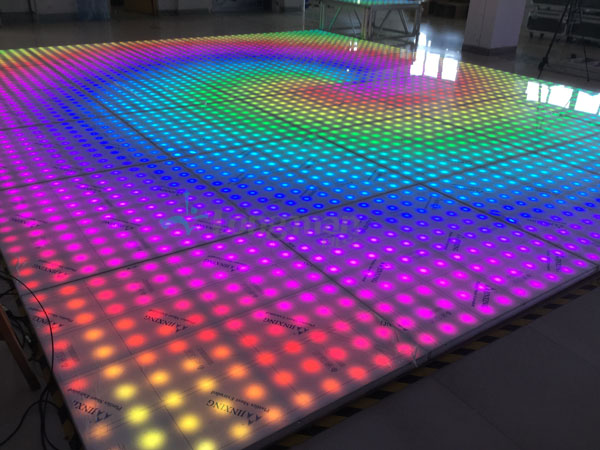 Such smoke also has no smell at all. The cryo gun is used for the spectacular appearance of the newlyweds and during the show program. They are stationary (mounted on the floor or suspended) and manual (smaller, cryoblaster). Stationary guns are mounted before the start of the event and can no longer be moved to another place during the event. When ordering cryo guns, you can count on launching columns of white smoke with a total duration of about 40 seconds. It can be 20 runs of 2 seconds, 10 runs of 4, and so on.
Such smoke also has no smell at all. The cryo gun is used for the spectacular appearance of the newlyweds and during the show program. They are stationary (mounted on the floor or suspended) and manual (smaller, cryoblaster). Stationary guns are mounted before the start of the event and can no longer be moved to another place during the event. When ordering cryo guns, you can count on launching columns of white smoke with a total duration of about 40 seconds. It can be 20 runs of 2 seconds, 10 runs of 4, and so on.
Light smoke
This smoke fills the entire space of the hall, forming a light haze. Light smoke is much cheaper than heavy smoke, because its production does not require a long time to warm up, while its supply can be almost constant. There are devices with a smoke cooling function, then the smoke spreads along the floor without rising up, but it is still rather not thick, but heavy. In addition, it has a specific smell. And also, unlike heavy smoke-steam, light smoke is obtained by burning a glycerin-containing substance and is smoke in its pure form, so fire detectors that do not respond to powerful puffs of heavy smoke confidently signal in the presence of even a small amount of light.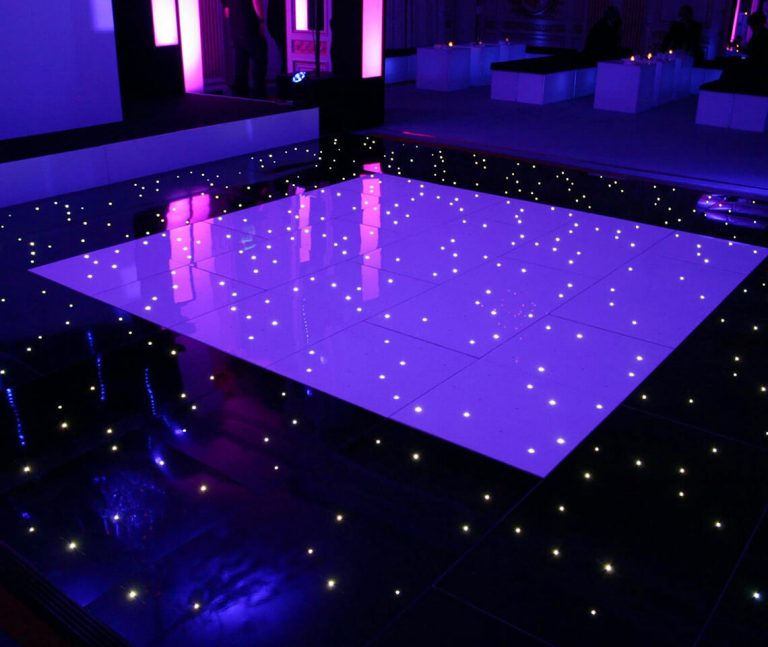
Confetti
Equipment for confetti is very diverse, and there are several types of confetti delivery: pneumatic (barrels with cans and compressors), blown electric, blown with a gas cylinder (blasters), hanging spreaders. Depending on the scale and area of the hall, confetti cannons of different power are used. In addition, confetti comes in different shapes, sizes and colors, and can even dissolve in water. At various events, the most commonly used confetti are rectangular or round. But "rose petals", hearts or flowers are the best fit for the theme of the wedding celebration, so the choice of brides often falls on them.
Snow
Snow is a type of confetti that can be classified as a separate category. It is melting and non-melting. The second type is paper squares 1 * 1 cm and cellulose grains. Artificial snow is fed in small portions to create the effect of a light snow blizzard. Thanks to the large number of options for confetti machines, this effect can be created in almost any hall in any place.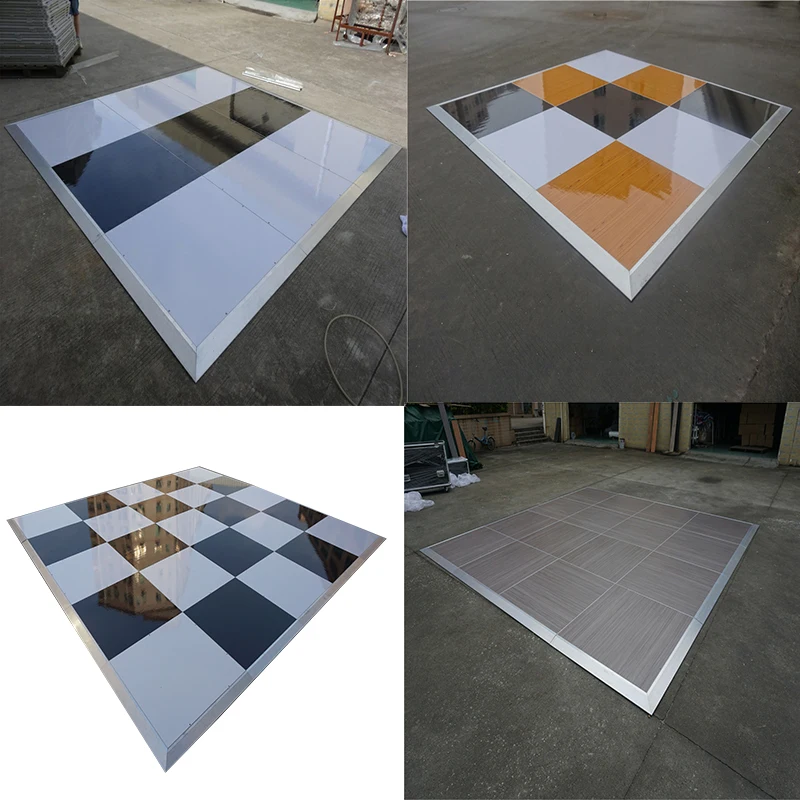 Melting is obtained using special generators that run on the "artificial snow" liquid. It is very realistic, and therefore can leave not only vivid impressions, but also a slippery floor and marks on clothes. Cellulose grains visually resemble snow as much as possible, but are very strongly electrified.
Melting is obtained using special generators that run on the "artificial snow" liquid. It is very realistic, and therefore can leave not only vivid impressions, but also a slippery floor and marks on clothes. Cellulose grains visually resemble snow as much as possible, but are very strongly electrified.
Cold Fountains
This professional stage pyrotechnics is designed to accompany various events and concerts on large stages with special effects. It looks like a sheaf of bright sparks, beating upwards from the nozzle of a pyrotechnic charge. All charges are designed for a certain height and duration of work. It has a number of restrictions on its use in banquet halls and restaurants, and after its use, smell and smoke remain. Since this is the most dangerous effect in terms of fire safety among all of the above, its use requires the presence of a professional pyrotechnician on site. Fountains can be fixed strictly vertically, or they can be mounted at various angles.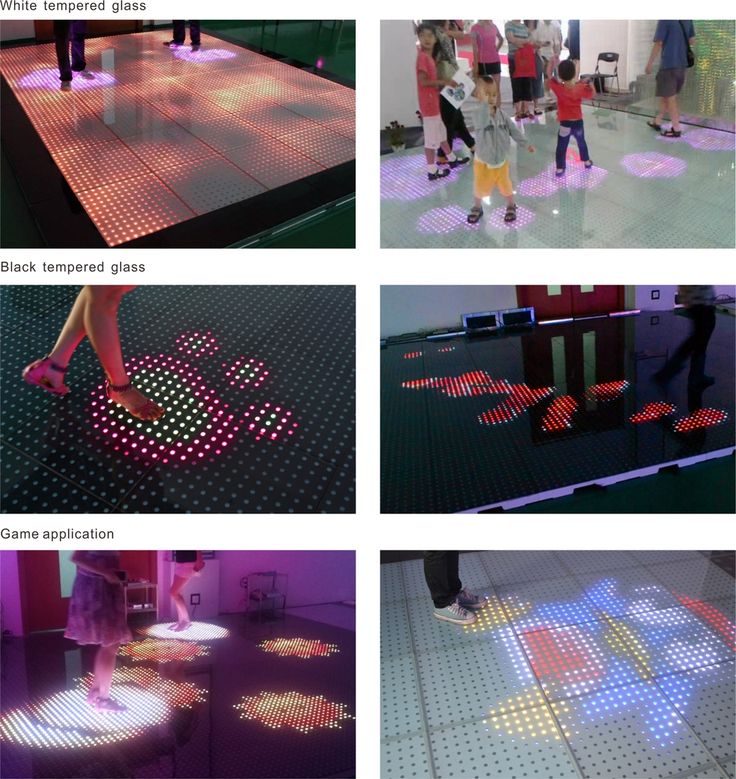
Cold fountains can be of various colors, but the brightest of them is silver. When ordering, you need to remember that the more fountains or the duration of their burning, the stronger the smell from their work. Therefore, in small rooms it is better to limit the number of pyrotechnic charges, combining them with special effects that are more gentle on the health and comfort of guests, such as heavy smoke, confetti and cryoguns.
In addition to the fountains that work vertically upwards, there are firefalls on large concert venues - a sheaf of sparks beats from top to bottom. For this, waterfall candles and the same fountains are used. Firefalls are designed for use in huge concert halls or outdoor venues, their use in restaurants and banquet halls requires special safety precautions and the work of pyrotechnicians with extensive experience with these charges. Therefore, in order to comply with fire safety requirements, specialists use ordinary pyrotechnic fountains in their work, reducing the height of such a firefall and increasing its cost.

